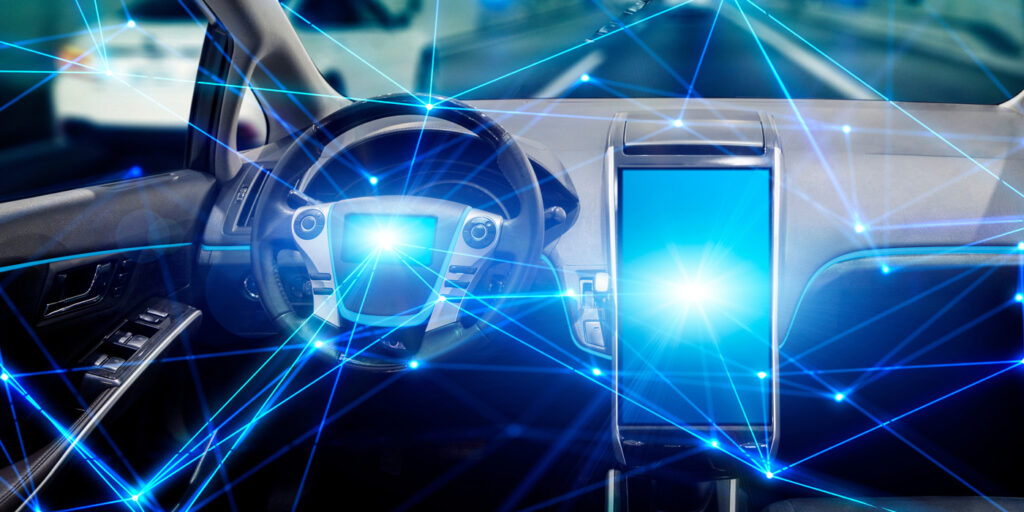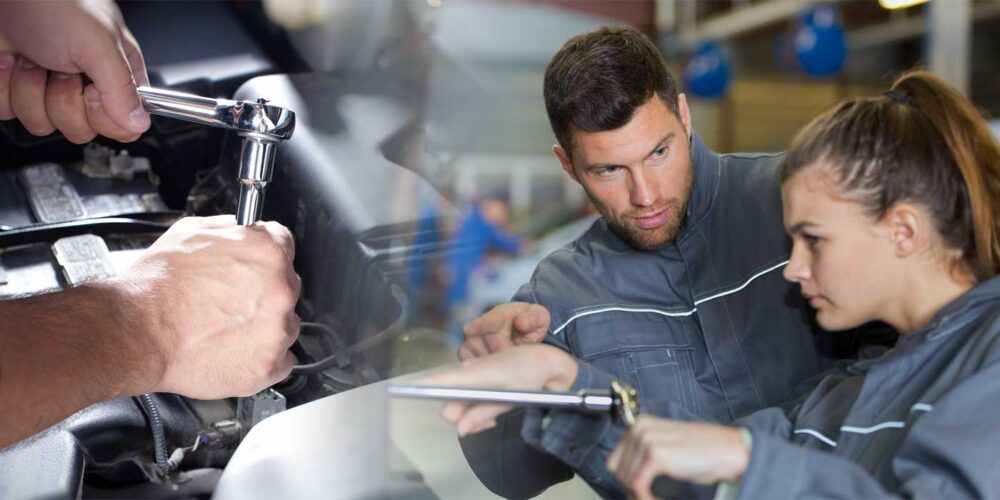Advanced Driver Assistance Systems (ADAS) today have become more intertwined than in prior generations. Servicing ADAS can be a profitable addition to your service business. However, it is vital to have the proper equipment and space to do ADAS calibrations efficiently and, more importantly, correctly.
In the past, one of the largest concerns with wheel alignment was handling and tire wear — customers were concerned with alignment to ensure their vehicles drove straight and handled as they expected while maximizing tire life. The advent of ADAS technology has placed even more importance on the frame of the vehicle as well: if the frame, body and wheels are not driving in the same direction, the ADAS sensors can trigger false warnings and actions.
The first sensors placed on vehicles were mostly independent and repair centers only needed to calibrate the sensor they repaired or replaced; however, manufacturers today are adding sensors that interoperate with one another and are starting to require consecutive calibrations when only one sensor is replaced.
Dealers looking to maximize their productivity need a solution that verifies the frame position and alignment angles as well as handles consecutive calibrations without the need to re-measure or change vehicle setup every time. Faulty sensor aiming or recalibration can cause a vehicle to swerve or brake too late or even when there is nothing in the environment that can pose a danger.
Space and location are vital to a proper ADAS calibration. Accuracy is the name of the game when it comes to ADAS target/radar/component placement around the vehicle. In some instances, a target one degree off at the calibration point can result in a change of several meters off at the sensor’s full range. Several OEMs have demonstrated how little a sensor needs to be off to fail to detect and avoid a collision when the vehicle is traveling at speed.
ADAS does require more space in a shop to calibrate the vehicle properly, but customers will expect that no corners are being cut that go against the OEM requirements. Some equipment manufacturers may resize targets and change the distances to place them, which will save space, but at the expense of sacrificing sensor effectiveness and overall accuracy; OEMs have set space and target size requirements for a reason.
Return on investment (ROI) with ADAS equipment is a concern for dealers; however, the easier a piece of equipment is to learn and the more efficient it is at placing ADAS components around the vehicle, the shorter that ROI becomes. Growing government safety mandates are causing more sensors to be included by OEMs as standard on their vehicles, which is leading to ADAS becoming more mainstream — feeding the cycle of rapid technological growth.
Training is also a concern as it takes time away from income-generating work to learn to use a system. Using an ADAS calibration system that optimizes the OEM procedures in a single, simplified flow allows the technician to train on one flow and use these procedures on many different vehicles, regardless of where the OEM specifies to measure the ADAS equipment. Having a system that marries efficiency and simplicity is key for quick training and future-proofing the ability of the technician performing the calibrations.
ADAS equipment itself does not recalibrate the vehicle — it simply places the targets/radars/other accessories in the proper location around the vehicle. The diagnostic equipment does not recalibrate the vehicle — it simply tells the vehicle the measurements and placement of the ADAS accessories and initiates the recalibration procedure. The vehicle is what is performing the actual calibration using its sensors and the values input by the diagnostic tool as provided by the equipment or measured points on the floor.
ADAS repair equipment and training is a considerable investment. However, there is no time like the present to make that investment and the sooner dealers get involved in ADAS service, the sooner they can bring more customers into their fold.














